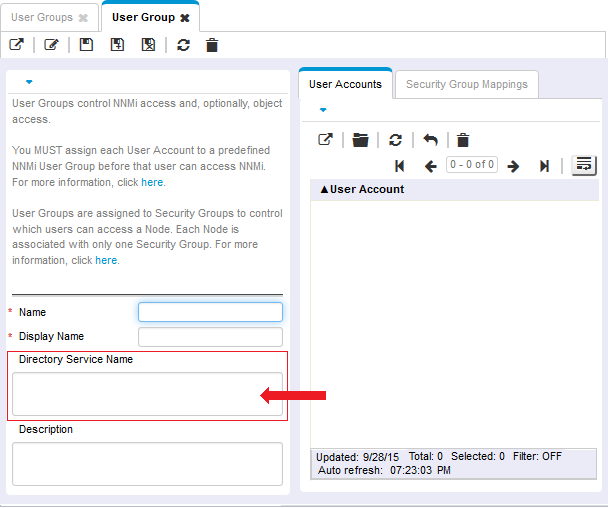Searching the Help
To search for information in the Help, type a word or phrase in the Search box. When you enter a group of words, OR is inferred. You can use Boolean operators to refine your search.
Results returned are case insensitive. However, results ranking takes case into account and assigns higher scores to case matches. Therefore, a search for "cats" followed by a search for "Cats" would return the same number of Help topics, but the order in which the topics are listed would be different.
| Search for | Example | Results |
|---|---|---|
| A single word | cat
|
Topics that contain the word "cat". You will also find its grammatical variations, such as "cats". |
|
A phrase. You can specify that the search results contain a specific phrase. |
"cat food" (quotation marks) |
Topics that contain the literal phrase "cat food" and all its grammatical variations. Without the quotation marks, the query is equivalent to specifying an OR operator, which finds topics with one of the individual words instead of the phrase. |
| Search for | Operator | Example |
|---|---|---|
|
Two or more words in the same topic |
|
|
| Either word in a topic |
|
|
| Topics that do not contain a specific word or phrase |
|
|
| Topics that contain one string and do not contain another | ^ (caret) |
cat ^ mouse
|
| A combination of search types | ( ) parentheses |
|
X.509 Certificates to Control NNMi Access
The X.509 Certificate service eliminates the need for any NNMi passwords. NNMi administrators have a choice of where to define and store the required NNMi User Group membership assignments:
- Mixed: NNMi defines and stores the User Group assignments.
- External: NNMi uses the Lightweight Directory Access Protocol (LDAP) User Group assignments.
Tip NNMi supports Public Key Infrastructure (PKI) user authentication. This includes Smart Cards, such as Common Access Card (CAC) and Personal Identity Verification (PIV).
| Option |
Which Method for User Authentication? | User Account Definitions in NNMi | User Group Definitions in NNMi | Which Method for Group Membership? |
|---|---|---|---|---|
| 2 - Mixed | X.509 Certificate | yes | yes | NNMi User Account Mappings |
| 3 - External | X.509 Certificate | no | yes | LDAP |
Caution NNMi administrators must choose one Mode and configure all NNMi users with the same approach. See also:
Follow the instructions in the “Configuring NNMi to Support Public Key Infrastructure User Authentication” chapter in the Network Node Manager i Software Deployment Reference, which is available at: https://softwaresupport.softwaregrp.com/.
| Mode | Procedure |
|---|---|
| 2 - Mixed |
Note To make changes to NNMi users' user name or password, you must now use the appropriate process for making changes to the data stored in your environment's X.509 Certificate implementation. |
| 3 - External |
Note To make changes to NNMi access (user name, password, or NNMi User Group assignment), you must now use the appropriate process for making changes to the data stored in your environment's X.509 Certificate implementation and directory service software. |
We welcome your comments!
To open the configured email client on this computer, open an email window.
Otherwise, copy the information below to a web mail client, and send this email to network-management-doc-feedback@hpe.com.
Help Topic ID:
Product:
Topic Title:
Feedback:







